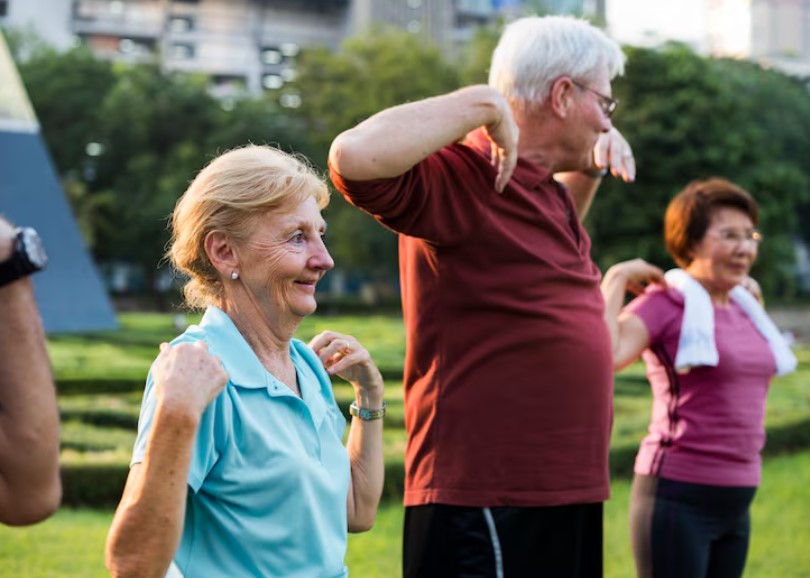08
Aug 2025
How Simple Activity Habits Can Cut Your Risk of Premature Death by Up to 40%
Published in General on August 08, 2025

Staying active isn’t just about fitness—it’s about longevity. A sweeping analysis reveals that adults who stay consistently active throughout life can reduce their risk of dying early by 30–40%, while even those who become active later can still enjoy a 20–25% reduction in mortality risk. That’s a powerful reason to get moving, regardless of where you are in life’s journey.
Make Every Move Count
Not everyone can commit to the gym—or even 150 weekly minutes of exercise. Thankfully, short bursts of vigorous activity woven into daily life can also yield significant results. Research shows just 3 to 4 brief bursts of activity per day—like carrying groceries, climbing stairs, or chasing after pets—can lower premature death risk by up to 40%, with cardiovascular deaths reduced by up to 49%. These gains are real momentum builders, even outside structured workouts.
Move a Little, Live More
If you find 150 minutes a week daunting, start small. Moderately intense activities—such as brisk walking, dancing, or gardening—for just 75 minutes per week (about 11 minutes per day) have been shown to reduce early death risk by 23%, cut cardiovascular risk by 17%, and lower cancer risk by 7%. Translating that into real life: a quick post-lunch walk or a mid-afternoon dance can go a long way toward health.
Strengthen Your Heart in Under Two Minutes
Even ultra-short sessions can make a difference. A study in the British Journal of Sports Medicine found that just 1.5 minutes of vigorous activity daily—think stairs, energetic play, or brief sprints—was linked to a 33% lower heart attack risk and a 40% lower risk of heart failure in women. The message is clear: even seconds count.
Build Endurance and Confidence Gradually
Improving cardiorespiratory fitness (CRF)—your ability to sustain activity—can further slash mortality risk. A review of over 20.9 million observations found that for every 1-MET increase (one metabolic equivalent) in CRF, death risk dropped by 11–17%, with heart disease-specific risk falling by 18%. Over time, building endurance through walking, cycling, or swimming can be a smart investment in health.
Strengthen, Balance, Live Better
Physical activity does more than keep your heart going. It improves bone density, muscle mass, balance, and mental health. Whether it’s stretching, Tai Chi, or lifting groceries, these everyday moves help preserve independence and slow age-related decline.
Start Now—It's Never Too Late
One of the most encouraging findings is that it’s never too late to start. Becoming active later in life still yields a 20–25% reduction in mortality risk. Even intermittent activity can leave lasting “banked” benefits, especially when paired with lifestyle enjoyment and consistency.
The Takeaway: Customise Your Movement
Here’s how to make it real—for yourself:
- Add small bursts: Take the stairs, walk briskly between errands, or dance while you cook.
- Walk more: Even 11 minutes per day of moderate intensity can be life-enhancing.
- Hold your strength: Carry groceries or do simple resistance exercises 2–3 times weekly.
- Keep building endurance: Aim for sustainability—maybe a short jog, swim, or cycle session.
- Make it joyful: Activities you love—gardening, dog walking, social movement—boost motivation and adherence.
Final Word
Whether you're aiming for bold gains or small shifts, every step matters. Consistency—with even modest, enjoyable movements—can reduce your risk of premature death by up to 40%, support your heart, bones, mood, and independence, and help you live longer, better. It doesn’t have to be a workout plan—it just needs to be part of your everyday life.









